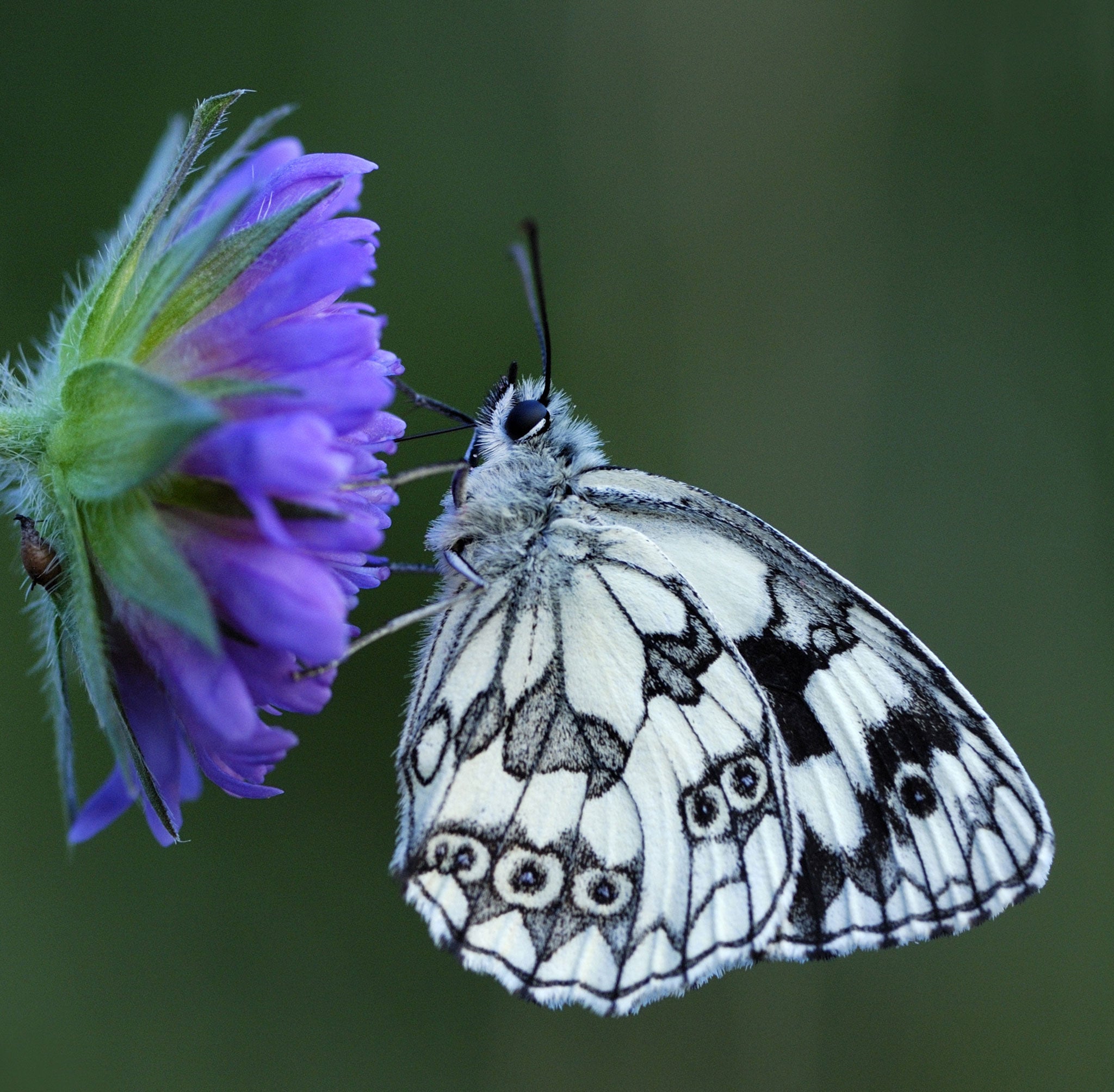Nature Studies: Restoring natural habitats is expensive - but it's worth every penny
If the price of liberty is eternal vigilance, then it seems the price of wildlife in modern Britain is going to be eternal management

Your support helps us to tell the story
From reproductive rights to climate change to Big Tech, The Independent is on the ground when the story is developing. Whether it's investigating the financials of Elon Musk's pro-Trump PAC or producing our latest documentary, 'The A Word', which shines a light on the American women fighting for reproductive rights, we know how important it is to parse out the facts from the messaging.
At such a critical moment in US history, we need reporters on the ground. Your donation allows us to keep sending journalists to speak to both sides of the story.
The Independent is trusted by Americans across the entire political spectrum. And unlike many other quality news outlets, we choose not to lock Americans out of our reporting and analysis with paywalls. We believe quality journalism should be available to everyone, paid for by those who can afford it.
Your support makes all the difference.What should our disappearing wildlife really be like? Let me tell you. Last Friday, in a disused limestone quarry on the Isle of Portland in Dorset, I saw the most breathtaking combined display of butterflies and wild flowers that I have seen in England for years.
The butterflies were astounding: hundreds of chalkhill blues, which look like fluttering pieces of a pale blue sky, were joined by almost as many graylings, those lovely mixtures of brown, yellow and orange which you come across on coastal paths and heaths. The former kept flying in my face, while the latter kept landing on my shirt, and mixed in with them were other stunning species like the small copper and marbled whites, as well as six-spot burnet moths, which are flashing combinations of metallic green and crimson.
The wild flowers were just as striking: great fat bunches of purply-pink wild marjoram – that’s the oregano you get on your pizza – often growing next to another herb, cream-coloured wood sage, with colour flashes everywhere on the bare stony earth, from the intense blues of scabious (pale) and viper’s bugloss (dark) to the egg-yolk yellow of mullein. On a glorious summer’s day, it felt like being in the hills of Provence, rather than down the road from Weymouth.
I was taken to Tout Quarry, once a major source of white Portland stone and now an outdoor sculpture museum, by Martin Warren, chief executive of the charity Butterfly Conservation. The charity does terrific work and now has 26,000 paid-up members and rising – a group of them were in Tout Quarry, photographing ecstatically.
But as I joined Martin, he pointed out just why the organisation was necessary. More than 70 per cent of all our butterfly species have declined since 1976, and the average decline for all our butterflies is 55 per cent. In England we can no longer rely just on nature to give us our butterflies: we have to have active management if we want to keep them.
Tout Quarry is a very good example. It has benefited from an ambitious scheme to restore all the limestone grasslands of the Isle of Portland to their pristine state, which meant removing enormous amounts of encroaching scrub, mostly of the invasive garden shrub cotoneaster. Fourteen abandoned stone quarries, including Tout, had been de-scrubbed and wildlife is flourishing in all of them.
This was carried out by the Dorset Wildlife Trust, along with partners, over three years, but had cost an astonishing sum – £850,000 – which had been paid for by tax credits from the Landfill Communities Fund. This is the scheme wherein big waste management companies – in this case, Viridor – can divert some of the tax on the waste they dump in the ground to projects that benefit the public good. Full credit to Viridor. A brilliant choice, chaps. This is one of the best bits of wildlife restoration I have ever seen in my life.
But it was a sobering thought that our biodiversity is so damaged today that we need to keep doing this, rather than just walking out into the countryside to enjoy it. If the price of liberty is eternal vigilance, as someone once said, then it seems the price of wildlife in modern Britain is going to be eternal management.
Join our commenting forum
Join thought-provoking conversations, follow other Independent readers and see their replies
Comments